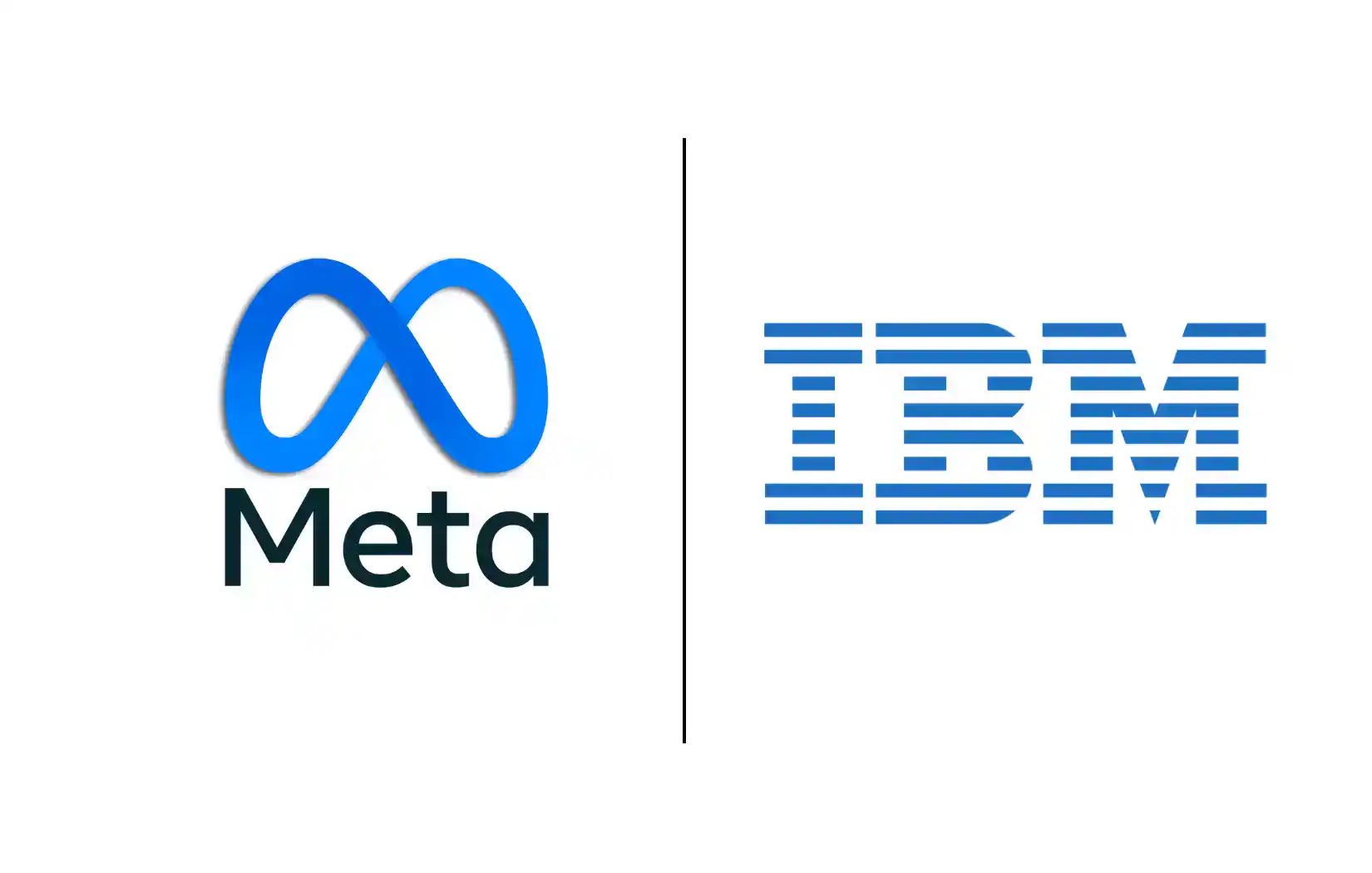Table of Contents
Meta Platforms and IBM have unveiled a consortium comprising over 50 AI firms and research institutions. This coalition champions an open AI model, seeking prominence in the rapidly expanding market.
By joining forces, Meta and IBM aim to foster collaboration among diverse AI entities, promoting transparency and shared innovation. This initiative aims to drive advancements in AI technologies by cultivating an environment where information and expertise are openly exchanged, fostering a collective pursuit of progress within the field. The collaboration signifies a strategic move towards establishing a unified front for the evolution and proliferation of AI technologies.
Meta and IBM Lead Open Innovation in AI Alliance
Meta and IBM join the AI Alliance alongside Intel, Oracle, Cornell University, and the National Science Foundation. Together, they advocate for “open innovation and open science” in AI, promoting the sharing of technology through open source. This collaborative approach builds upon the history of cooperation between Big Tech, academia, and independent programmers, fostering a united front for advancing AI.
IBM and Meta collaborated since August to unite lesser-known organizations, as stated by Darío Gil, IBM’s Senior VP and Director of IBM Research. This partnership aims to spotlight entities that haven’t received the same attention as OpenAI.
Within the AI discourse, Gil expressed dissatisfaction, citing a lack of diversity in discussions over the past year, an issue pivotal to Meta and IBM. The duo feels the conversation doesn’t adequately represent the expansive ecosystem fostering this AI era. Their sentiment echoes the necessity for inclusivity, acknowledging the multitude of voices and perspectives shaping AI’s trajectory. They emphasize the need to encompass the diverse range of contributors fueling the AI landscape, a crucial aspect that they believe has been overlooked in recent discussions, aligning with Meta and IBM’s commitment to promoting inclusivity within the AI discourse.

Closed AI Systems Reshaping Technology
The technology landscape witnessed a paradigm shift with the introduction of Generative AI a year ago, spearheaded by OpenAI’s ChatGPT. OpenAI, alongside competitors like Anthropic and Cohere, assumed leadership roles in advancing closed AI models, controlled by their creators and accessible through payment structures. However, the emergence of Meta and IBM has instigated a potential evolution in this narrative, potentially reshaping the landscape with their collaborative approach to AI development. Their joint efforts hint at a future where AI systems might be more accessible or differently managed, potentially altering the dynamics of proprietary AI frameworks dominating the market.
Numerous alliance members possess their own AI offerings but face challenges keeping pace with the attention garnered by Meta and IBM in collaboration with OpenAI and Microsoft, their investment partner.
The growth of Meta and IBM largely hinges on enterprise technology revenues. According to International Data Corp., global spending on generative AI solutions by enterprises will reach $16 billion this year, with a projected surge to $143 billion by 2027. IDC forecasts a remarkable compound annual growth rate for Generative AI, nearly 13 times the worldwide IT spending growth rate from 2023 to 2027.
While both Meta and IBM have a complex history in AI, recent advancements mark a fresh start. IBM’s Watsonx is a new platform, while Meta, despite prior developments, aims for a resurgence with its Llama 2 AI model. Following changes at OpenAI, businesses seek diverse AI providers to mitigate risks, leading to increased exploration of alternatives from Meta and IBM in the thriving AI market.
The launch timing of the AI Alliance emphasizes the joint approach by Meta and IBM, according to Gil from IBM. He highlighted, “This distributed approach is resilient, safeguarding against any single institution hindering the open engine’s success.”
Ritu Jyoti, IDC’s group vice president of worldwide AI, highlights the potential appeal to businesses seeking diverse vendors like Meta and IBM. However, success hinges on their execution. The AI Alliance’s success depends on an integrated solution encompassing AI hardware, software, and user-friendly tools to streamline the utilization of multiple AI systems.
AMD, striving to challenge Nvidia’s AI chip dominance, commits to fostering an open AI ecosystem. Forrest Norrod, AMD’s EVP and data center group GM, pledges hardware support and collaborative software development. The imminent reveal of AI accelerator chips promises a robust alternative to Nvidia’s lineup, marking AMD’s bid for a competitive AI hardware landscape.
ServiceNow, known for its enterprise software, is actively pursuing AI advancements. Their 50-person AI research team will contribute to the AI Alliance, focusing on open scientific progress in AI systems. Jeremy Barnes, ServiceNow’s VP of Product AI, highlights this collaboration as a testament to customer options and demonstrates their commitment to choice in AI development.
IBM’s Gil challenges the notion of AI’s future in the hands of a few. Open innovation holds vast potential,” stated Gil. Their alliance concentrates on six key sectors, prioritizing regulation and safety. A forthcoming benchmarking tool for AI safety and model validation is on the horizon.